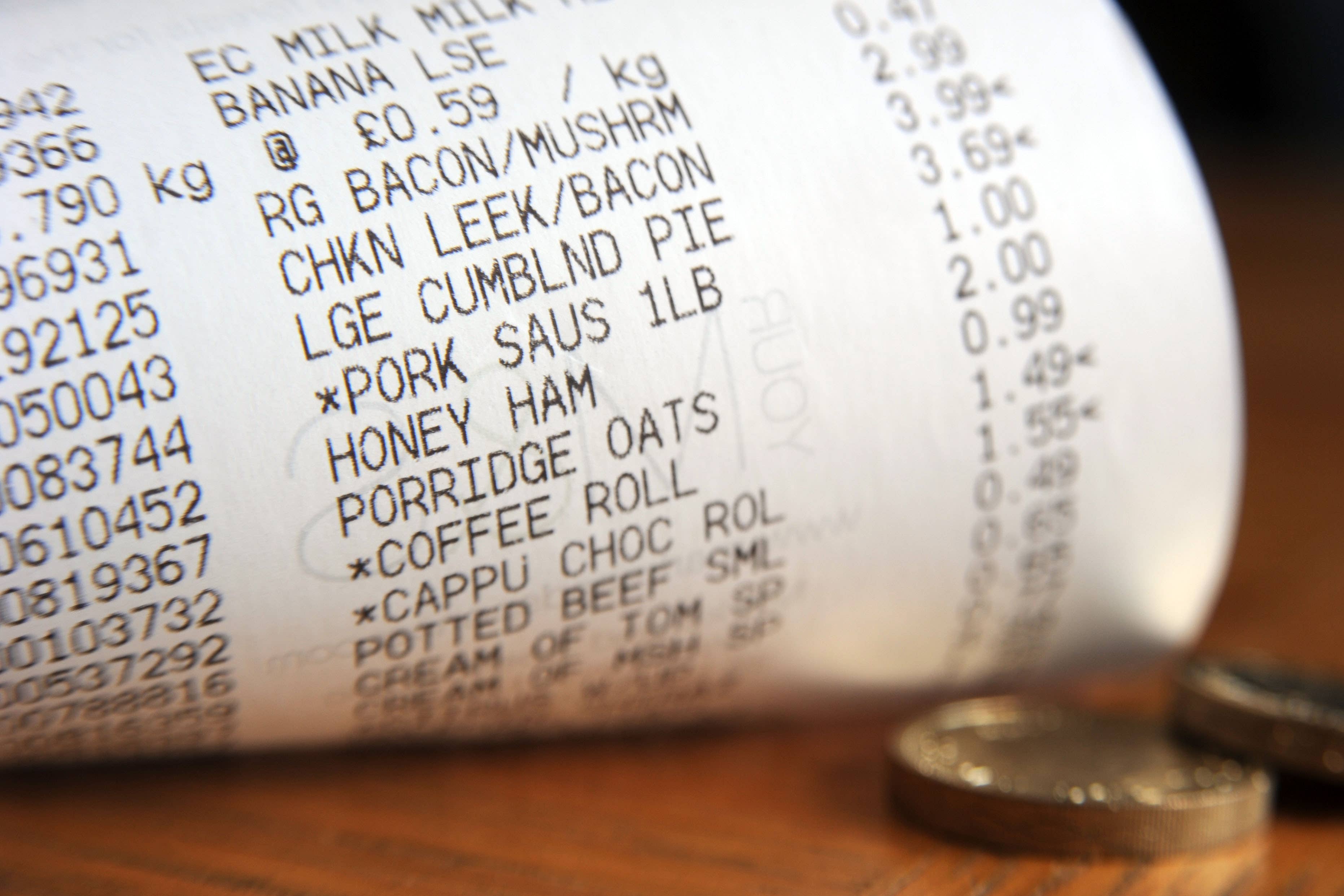Why is inflation proving so stubborn and what does April’s data mean for me?
Food price inflation remained close to levels not seen for more than 45 years last month, keeping household finances very much still under pressure.

Your support helps us to tell the story
From reproductive rights to climate change to Big Tech, The Independent is on the ground when the story is developing. Whether it's investigating the financials of Elon Musk's pro-Trump PAC or producing our latest documentary, 'The A Word', which shines a light on the American women fighting for reproductive rights, we know how important it is to parse out the facts from the messaging.
At such a critical moment in US history, we need reporters on the ground. Your donation allows us to keep sending journalists to speak to both sides of the story.
The Independent is trusted by Americans across the entire political spectrum. And unlike many other quality news outlets, we choose not to lock Americans out of our reporting and analysis with paywalls. We believe quality journalism should be available to everyone, paid for by those who can afford it.
Your support makes all the difference.Inflation may have dropped to its lowest level for more than a year, but there was little to be cheery about in the latest official figures as food prices continued to race higher.
The data from the Office for National Statistics (ONS) showed Consumer Prices Index (CPI) inflation fell to 8.7% in April, down from 10.1% in March, as energy prices stabilised after sky-high rises a year ago.
However, food price inflation remained close to levels not seen for more than 45 years, at 19.3%, keeping household finances very much still under pressure.
Here we look at the key questions surrounding the latest data:
– If inflation has dropped so sharply, why are experts so concerned by the latest figures?
The fall in inflation was expected to be far greater, with experts pencilling in a drop to 8.2% in April.
It was also higher than the 8.4% predicted by the Bank of England just two weeks ago.
CPI has come in higher than predicted for three months in a row now, as inflation has proven painfully stubborn.
And while welcome, the fall in inflation was expected, given that energy prices have stabilised since the energy price guarantee came into effect last October.
– What is behind April’s higher-than-expected inflation?
Rocketing food prices appear to be the key reason why inflation has failed to fall as fast as hoped.
Consumers continue to face eye-watering price rises on kitchen cupboard essentials, such as olive oil, up 49% on a year ago, cheese, now 42% more expensive, and milk and baked beans, both up 39%, according to the ONS data.
On Tuesday, Chancellor Jeremy Hunt said the Government “stands ready” to update pricing rules after he spoke to representatives from the food industry to raise concerns over the sky-rocketing cost of groceries.
There have been some small signs that food prices may soon be on the descent, but retailers appear to be passing on little in the way of meaningful cuts, despite reporting that commodity prices are beginning to ease.
– What do the higher-than-expected inflation figures mean for me?
Economists are warning that April’s higher-than-forecast CPI may mean yet more interest rate rises on the cards, which will pile further pain on already financially stretched households.
The Bank of England has already increased rates 12 times in a row, to 4.5% this month, as it battles to curb inflation.
It had been hoped that the May rise could be the last for a while, but experts said this month’s 8.7% reading increases the chances of further hikes.
James Smith, an economist at ING, said data “undoubtedly puts pressure on the Bank of England to hike by another 25 basis points in June”.
But he added “it’s not a foregone conclusion, not least because we still have another set of data before the meeting”, and pointed to the fact that jobs and wages data have been “moving in the right direction”.
– When can we hope to see respite from the cost crisis?
Bank of England governor Andrew Bailey insisted in a Commons committee hearing with MPs on Tuesday that inflation has “turned the corner”.
But the Bank also admitted it had made some errors in its inflation forecasting, which had meant it underestimated the food price shock.
It predicted earlier this month that inflation would fall to 5.1% in the fourth quarter of 2023, narrowly seeing the Government hit its target to halve inflation by the end of the year.
The latest inflation surprise has cast doubt over the Government achieving its goal, although Mr Hunt said the target was “still absolutely deliverable”.
– How can the Government be so sure it will hit its inflation target?
Energy prices are due to fall sharply from July, with Ofgem set to confirm on Thursday the new price cap level when the current energy price guarantee limiting bills to £2,500 a year comes to an end.
Consultancy firm Cornwall Insight predicts households will see their annual bill fall by £446 to £2,054 a year, based on falling wholesale energy prices.
But if food prices fail to begin their descent soon and with prices still rising across the board on everything from rent to council tax, water and broadband bills, that inflation target could yet prove elusive.